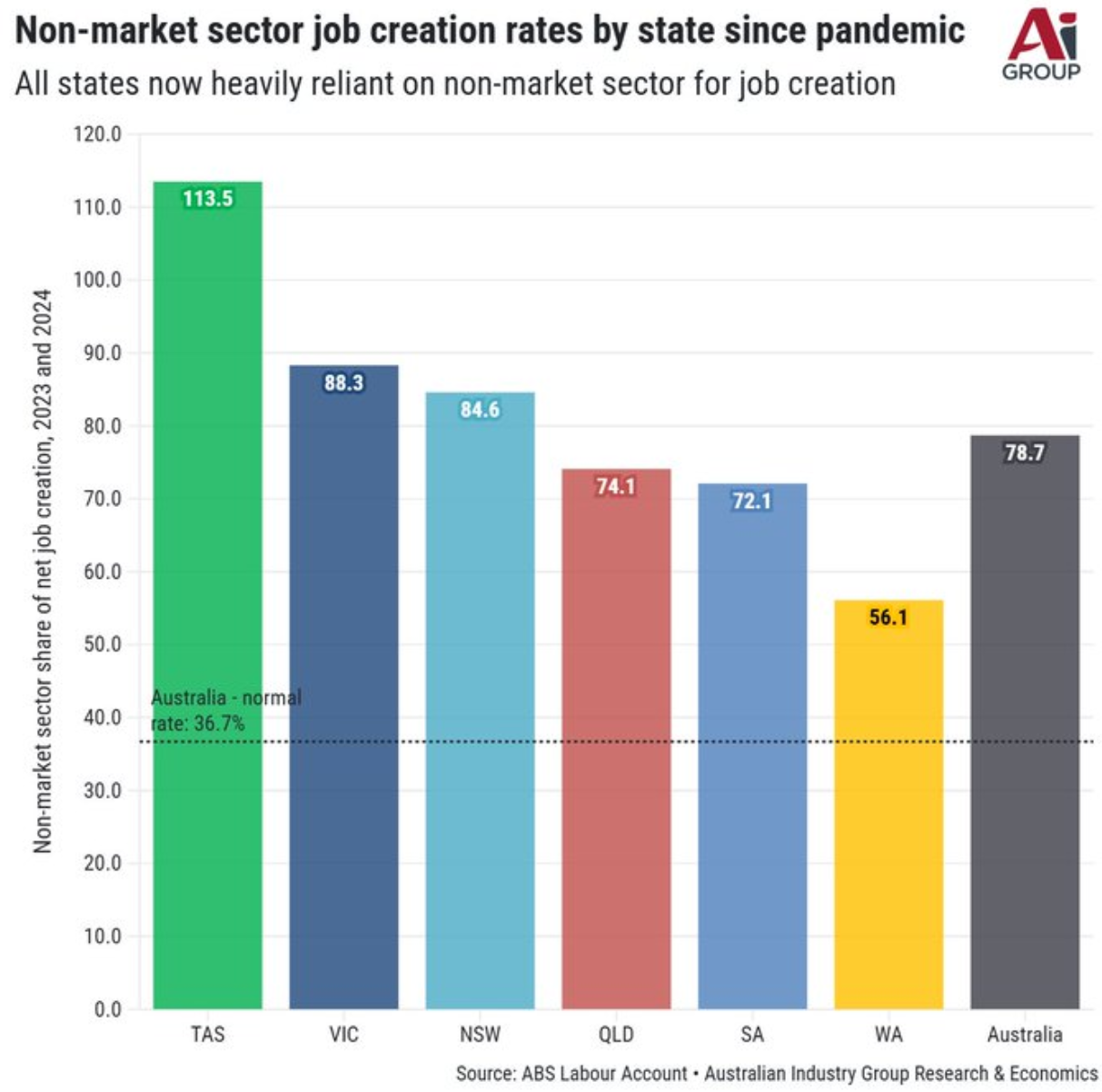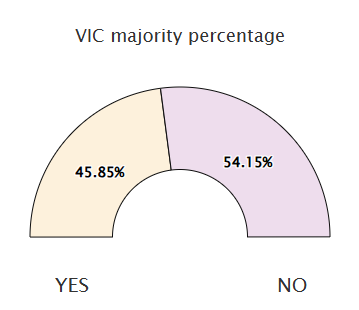Victoria is the nation’s most indebted state with the lowest credit rating.
Global rating agencies have reaffirmed Victoria’s AA credit rating, although the state government has been put on notice to reduce debt, rein in operating costs, and show fiscal restraint ahead of the November 2026 election.
On Wednesday, the Victorian Department of Treasury and Finance released the 2024-25 Financial Report, which advised that the state’s operating deficit fell to $2.6 billion in 2024-25, compared with $4.2 billion for the previous financial year. The operating deficit was also $816 million lower than had been forecast in the May 2025 budget.
However, net debt increased by $17.6 billion in 2024-25, to $150.9 billion. Government spending rose by $6.7 billion to $104 billion, which is in line with budget forecasts.
The primary driver of Victoria’s improved budget position was an unexpected windfall from the Commonwealth.
The report shows the Victoria’s income from Commonwealth grants climbed 13% to $47 billion last financial year, largely driven by increased GST revenue, which is expected to be even higher in 2025-26.
The AFR reported that Victoria’s “coffers were also boosted by higher grants related to the federal government’s energy bill relief payments that the state passes onto eligible households, increased funding as part of the National Health Reform Agreement and the Pharmaceutical Benefits Scheme, as well as the receipt of delayed payments for the Preschool Reform Agreement”.
Independent economist David Hayward ascribed the better-than-expected budget to good luck rather than sound financial management.
“The deficit level is a significant improvement without having to do much, and despite the wages bill being up”, Hayward said.
“The bulk of it is luck … The budget needs to be strengthened as quickly as possible because debt is still high”.
Indeed, the Victorian budget is facing enormous headwinds. The first stage of the $35 billion Suburban Rail Loop, which is expected to commence tunnelling next year, is mostly unfunded and risks creating a significant financial burden for the state budget.
Victoria is also the most reliant state on government-funded (non-market) jobs on the mainland.

If the Victorian parliament passes the ‘treaty’ legislation with First Nations people, it will establish a First Peoples’ Assembly with significant powers that can greatly increase the cost and difficulty of managing the state. The First Peoples’ Assembly powers are buried in 200-plus pages of complex legislation.
As noted by The Australian’s Robert Gottliebsen, “our second-largest state will become ungovernable because of the demands to be placed on the public service and government authorities”.
“Every minister or member of the Victorian parliament introducing a bill must state whether the Assembly was given the opportunity to advise and make representations on the bill”, Gottliebsen warned.
“This power gives the assembly the right to delve deep into the operation of every branch of government”…
“The Victorian “treaty legislation” contains powers that go further than those rejected by the Victorian people [in The Voice Referendum]”.
There is also the risk of a substantial downgrading of Victoria’s credit rating when the New York-based credit rating agencies discover the power of the First Peoples’ Assembly and the costs involved in running a quasi-second parliament.
Victorians voted 54.15% against The Voice referendum. Therefore, why has the Victorian government pursued such a treaty?

Voice referendum results
Victorians are already the highest-taxed residents in Australia, and this treaty will make the situation worse by creating a new layer of bureaucracy within the government as well as a special privileged group that will likely receive extra subsidies, tax breaks, and other perks.

